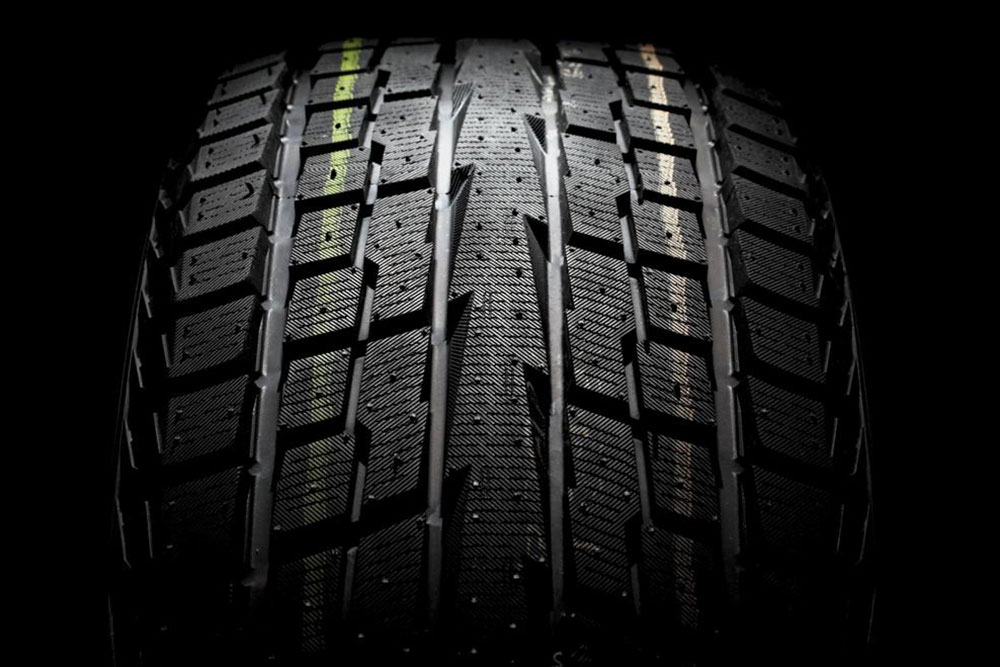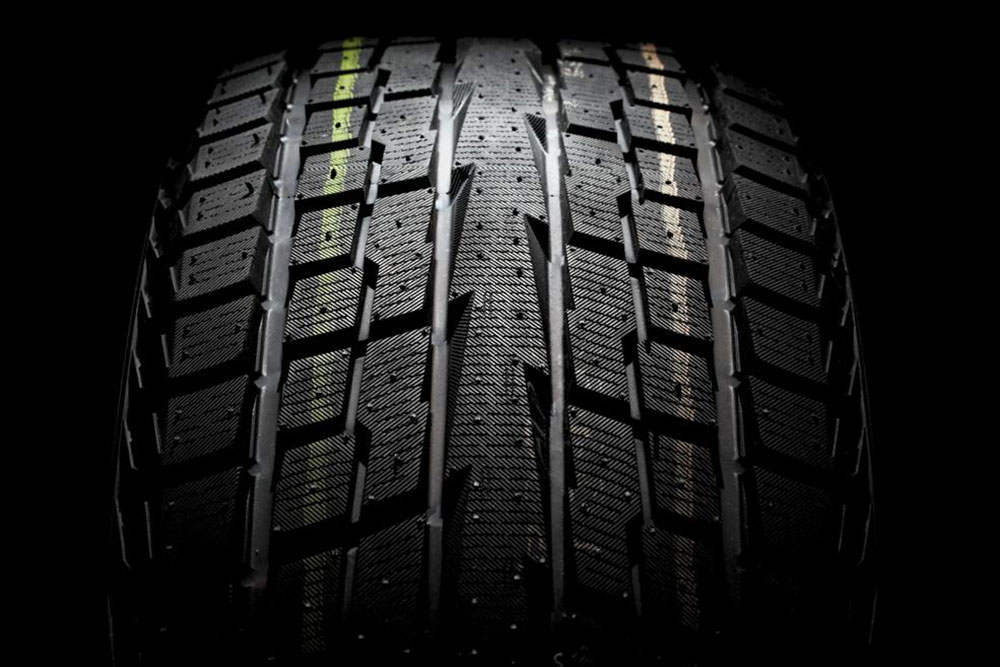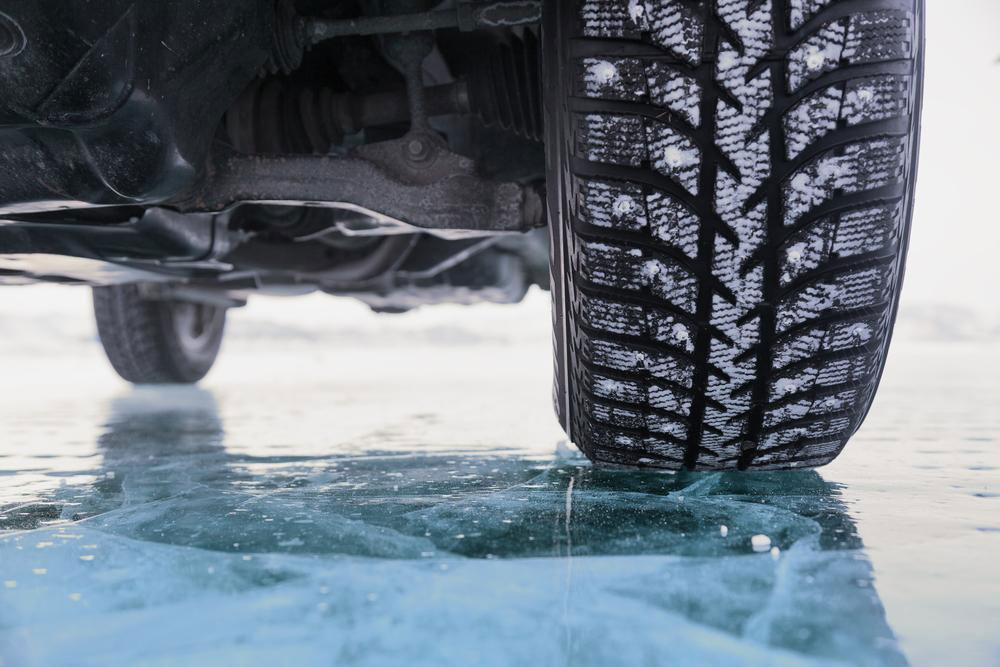Top 4 Reasons to Prioritize Performance Tires for Your Vehicle
Discover why performance tires are a vital upgrade for boosting your vehicle's speed and handling. This article highlights key reasons to prioritize premium performance tires, from grip and cornering to investment value. Learn how choosing the right tires can elevate your driving experience without breaking the bank. Ideal for automotive enthusiasts seeking maximum performance and safety, this guide emphasizes the importance of quality, proper terminology, and optimal sizing for your vehicle's needs.

While a powerful engine, advanced suspension setups, and nitrous systems contribute to your car's speed, it's the tires that truly determine performance. If two vehicles share similar specs but one sports better tires, that vehicle will nearly always outperform the other. Upgrading to high-performance tires is a cost-effective way to boost your car's agility and speed. Keep reading to discover why selecting premium performance tires is essential for automotive enthusiasts.
Focus on the Tires First
Many assume that enhancing other parts like engine or suspension will improve overall speed. However, neglecting tire upgrades can limit performance, especially during cornering. Top-tier performance tires provide the grip needed for sharp turns and quick acceleration, making them a crucial upgrade.
Invest in Quality Tires
If your vehicle costs six figures, don’t cut corners on tires. Opt for the best maximum-performance tires available; they may be slightly pricier but will significantly improve your ride's responsiveness and handling.
Understand the Terminology
Beware of labels like "ultra-high performance all-season tires," which may not deliver optimal grip for high-speed driving. These tires suit daily commuting on calm roads. Instead, select specialized summer or three-season performance tires that offer superior grip and adhesion, or even extreme performance summer tires for racing conditions.
Select the Right Fit
When comparing tires with similar features, wider and taller tires make better contact with the road, enhancing grip. Performance tires are generally wider and designed to operate near their limits. For example, a 245/45R17 tire provides a wider footprint, contributing to improved handling and stability.
Disclaimer: Our blog offers a broad range of information, summarizing research and insights for readers. However, articles should not be considered definitive. The website team is not responsible for discrepancies or inaccuracies found elsewhere. Additionally, some promotional schemes or offers may not be covered, so readers are advised to explore their options thoroughly.










